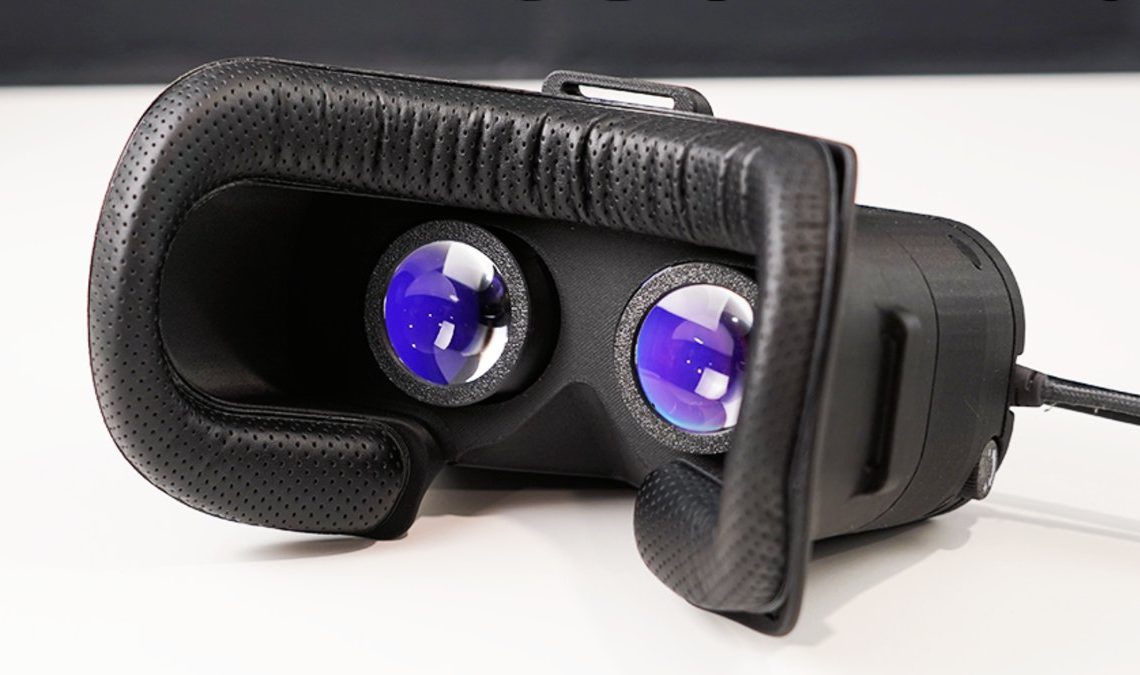
Virtual reality gaming is pretty dang cool, and I should know. But it’s not the easiest thing to get into, especially if you’re looking at a big bill just to try it out. Meta is the most popular option, still starting at $300, and prices for a dedicated PC headset are closer to $1000 USD. But one creator 3D-printed a headset with some basic parts for just $150…and he’ll show you how to do it, too.
CNCDan on YouTube (spotted by PCGamer) loves to dabble in hobby-style form factors like FPV drone piloting and racing simulators, both of which have a lot of overlap with headset and head-mounted displays. As it turns out, there are tons of semi-generic parts for this stuff on Aliexpress, including the crucial dual, high-resolution displays (one for each eye) that almost all VR headset designs use. Lenses, possibly adapted from the old Google Cardboard design, were easy to find.
The last complex element was the head tracking, which is complicated, but a problem that’s already solved. CNCDan popped in an existing open source system called Relativty [sic] VR that uses an Arduino board and an IMU (inertial measurement unit) sensor. A super-basic PCB with a bit of soldering keeps those two parts connected.
The rest of the project was a lot of product engineering, designing a headset case and housing for the screens, lenses, and electronics, focusing on adjustment options that isn’t available in some similar projects. Assembly isn’t exactly easy, but Dan’s instructions are straightforward, and there’s a surprisingly low amount of custom parts in the device itself. It’s just the main housing, two eye boxes and caps for the lenses, an IPD adjustment mechanism (which moves the boxes to accommodate different users’ eye positions), a front cover and bracket to hold the electronics. A face pad and a strap, lots of inserts and screws, and a few pieces of tape finish things off, with just HDMI for video and USB for power going to the gaming PC.
It’s an impressive project that shows a lot of amateur engineering skill, to say nothing of the confidence needed to tackle it. Dan says that the cheap eye displays aren’t great since they’re not quite up to the 90Hz spec at 1440p, and some especially large or small people might not be covered by the IPD spread. He released the 3D print files, links for hardware parts, and guides on GitHub so you can try it out yourself.
Author: Michael Crider
Source: PCWorld
Reviewed By: Editorial Team



